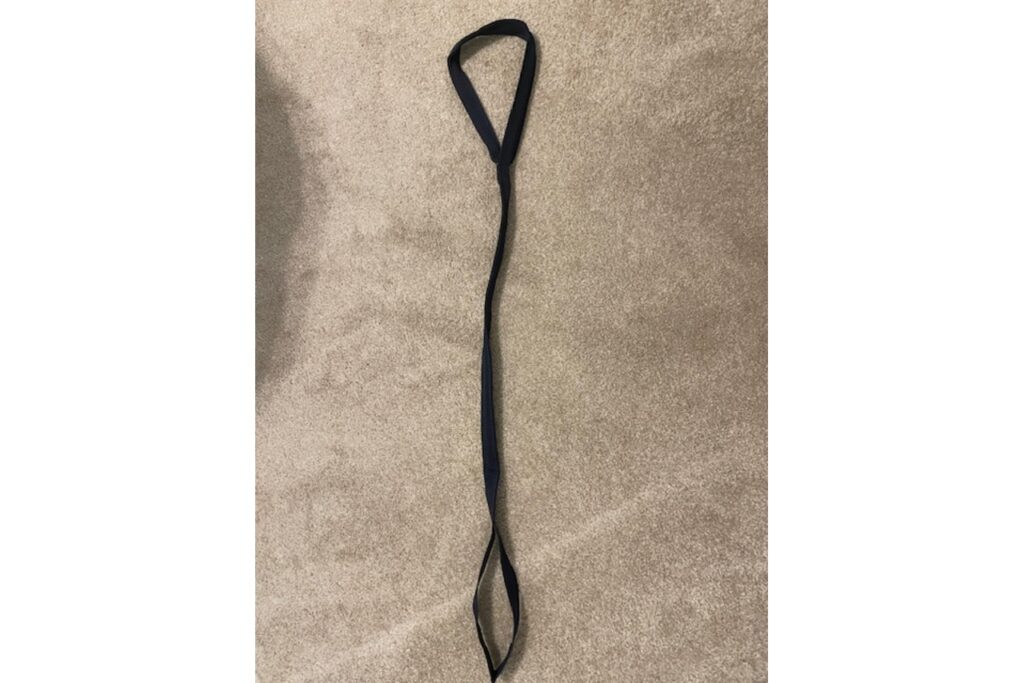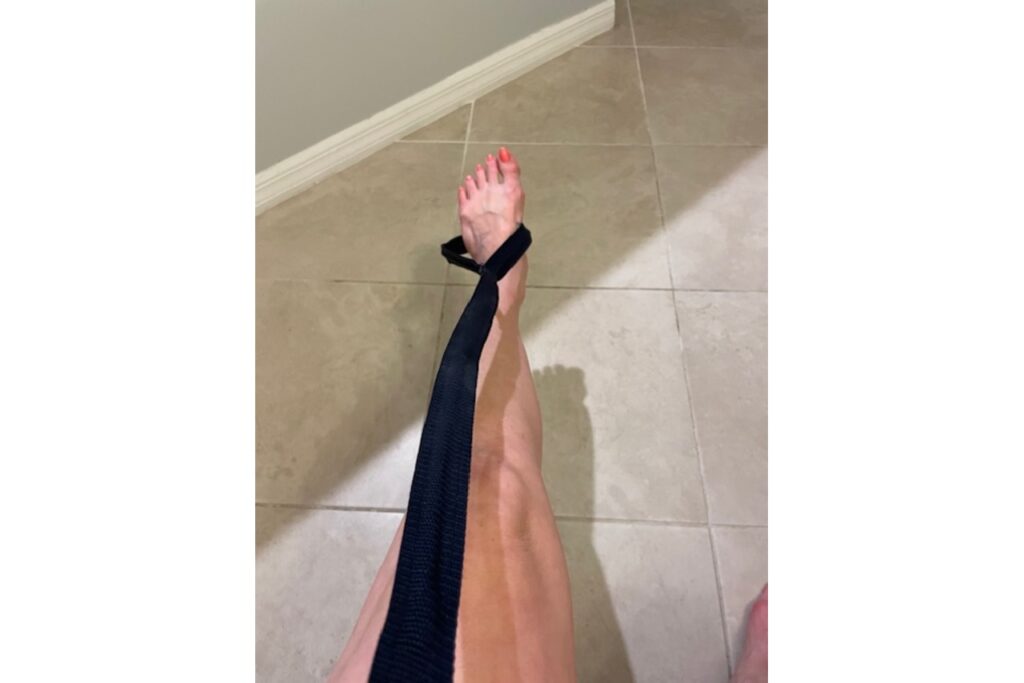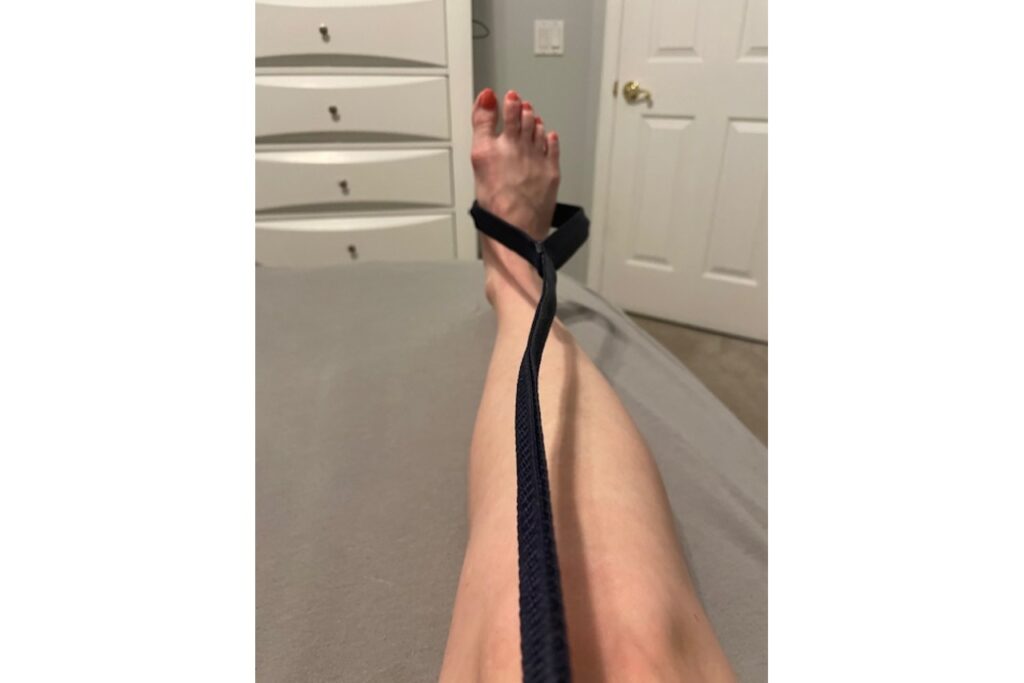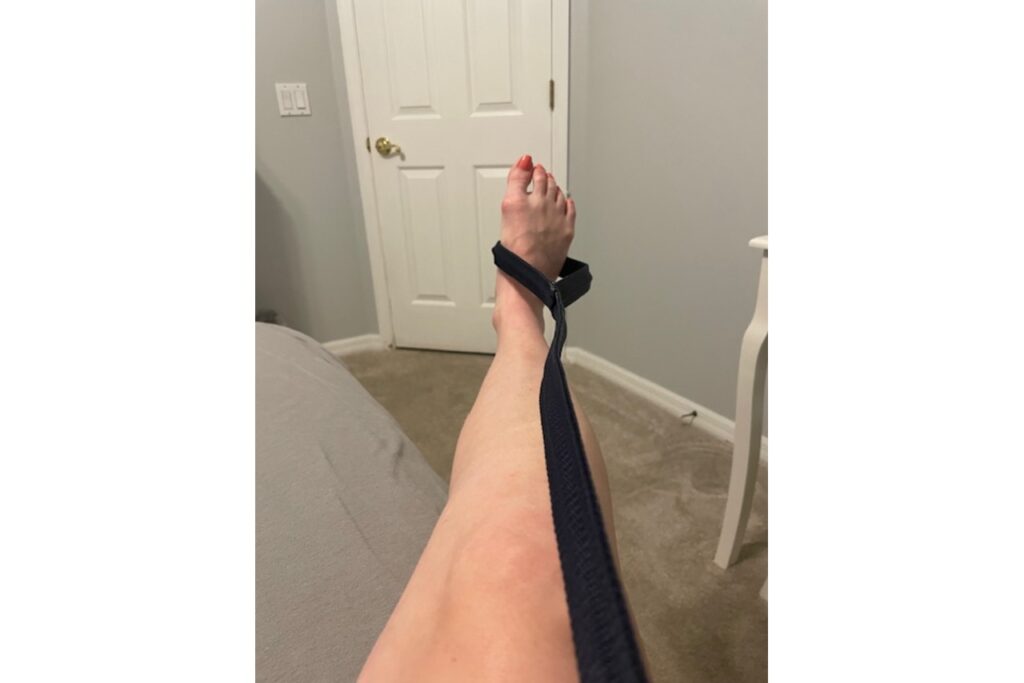Aging gracefully often means facing new challenges, particularly when it comes to maintaining mobility. Many older adults find getting out of bed or moving around the house becomes increasingly difficult. This is where mobility aids, such as leg lifters, can help. Designed to help seniors lead more independent lives, the leg lifter offers a practical solution to enhance mobility and overall quality of life.
In this post, we’ll explore the remarkable benefits of leg lifters for older adults. We’ll cover everything from understanding what a leg lifter is and its role in occupational therapy, to the health benefits and tips for choosing the right one. Whether you’re a senior yourself or a caregiver looking for ways to improve mobility, you’ll discover valuable insights and practical advice to help you or your loved ones maintain an active, independent lifestyle.
Understanding Leg Lifters

A leg lifter is a simple, yet effective piece of adaptive equipment designed to assist individuals to lift and reposition their legs. Typically constructed with a looped strap or rigid bar at one end, leg lifters allow users to hook their foot and lift their leg with minimal effort. This can be especially helpful for seniors who may lack the strength or flexibility to move their legs unaided.
There are various types of leg lifters available on the market, each catering to different needs. Some models are constructed with lightweight materials, ensuring ease of use without causing strain. Others may feature adjustable lengths or padded handles for additional comfort. The design you choose should align with your specific mobility challenges and desired level of support.
Leg lifters can significantly enhance daily activities by making movements like getting into bed or adjusting leg positions more manageable. This can be difficult for individuals post stroke, post-op hip surgery or any surgery impacting the leg including femoral popliteal bypass. They empower seniors to maintain their autonomy, allowing them to complete tasks independently and with dignity.
The Role of Leg Lifters in Occupational Therapy
Occupational therapy focuses on helping individuals of all ages improve their ability to perform everyday occupations. For seniors, the integration of a leg lifter into therapy sessions can be immensely beneficial. Leg lifters provide the necessary assistance to improve mobility, enabling seniors to participate more actively in their own care and rehabilitation.
Introducing leg lifters during occupational therapy sessions offers several advantages. They facilitate more effective stretching and strengthening exercises, thereby improving flexibility and range of motion. The ease of use also encourages seniors to engage in exercises they might otherwise struggle with, boosting their confidence and motivation.
Real-life examples highlight the positive impact leg lifters can have on mobility and independence. Many seniors who have incorporated leg lifters into their therapy routines report increased confidence and a greater sense of control over their daily lives. This simple tool can make a world of difference in fostering independence and enhancing overall well-being.
Health Benefits for Older Adults

Using a leg lifter can yield significant health benefits. One of the key advantages is improved circulation. By facilitating leg movements, leg lifters help stimulate blood flow, reducing the risk of blood clots and related complications. This is particularly important for individuals who may spend extended periods sitting or lying down.
Leg lifters help combat muscle atrophy and joint stiffness. Regular use encourages muscles to stay active and joints to remain flexible, reducing the risk of stiffness and discomfort. Individuals who incorporate leg lifts into their daily routines often experience a decrease in muscle weakness, which is crucial for maintaining overall physical health.

In addition to physical benefits, leg lifters contribute to enhanced mental well-being. The increased independence gained through improved mobility fosters a sense of empowerment and self-reliance. Seniors can participate more fully in social activities, leading to improved mood and overall quality of life.
How to Choose the Right Leg Lifter

Selecting the correct leg lifter is essential to ensure safety and effectiveness. When choosing a leg lifter for personal use, consider factors such as material, length, and ease of use. A model that is lightweight yet durable, with a comfortable grip that accommodates any physical limitations will be the most beneficial.
Safety is paramount when using a leg lifter. Always follow the manufacturer’s instructions and guidelines to prevent accidents or injuries. It’s advisable to practice using the leg lifter under supervision initially until you feel confident and comfortable with its operation.
When using a leg lifter at home, take precautions to ensure a safe environment. Ensure the area is clear of obstacles and use a stable surface for support if needed. If you’re unsure about which leg lifter best suits your needs, consult with a healthcare professional or occupational therapist for personalized recommendations.
Conclusion
Leg lifters are invaluable tools for promoting mobility and independence among seniors. By supporting daily activities and enhancing participation in therapeutic exercises, leg lifters empower older adults to lead more fulfilling lives. The health benefits, from improved circulation to enhanced mental well-being, further underscore the importance of this simple yet effective mobility aid.
If you’re seeking ways to improve mobility and maintain independence, consider incorporating a leg lifter into your routine. Whether for yourself or a loved one, leg lifters offer a practical solution to greatly enhance quality of life. For further information and resources on choosing the right leg lifter and optimizing its use, consult with healthcare professionals.
The information provided on this website is for general informational purposes only. It is not intended as, nor should it be considered, professional or medical advice. Always consult a professional regarding your specific medical issue.
Frequently Asked Questions about Leg Lifters
What is a leg lifter and how does it work?
A leg lifter is a mobility aid designed to help individuals with limited leg mobility lift and reposition their legs. It typically features a looped strap or rigid bar that allows users to hook their foot to move their leg with minimal effort. By leveraging the upper body strength, a leg lifter provides an accessible means of maneuvering legs for various activities.
Who can benefit from using a leg lifter?
Anyone having trouble in lifting or repositioning their legs due to conditions such as arthritis, post-surgery recovery, or physical disabilities can benefit from using a leg lifter. It is particularly advantageous for older adults, offering increased independence and ease in daily routines.
How do I choose the right leg lifter for my needs?
Selecting the correct leg lifter involves considering factors such as material, length, adjustability, and grip comfort. It’s important to choose a model that aligns with your specific mobility requirements and physical limitations. Consulting with a healthcare professional can help ensure you make the best choice.
Can using a leg lifter improve my overall health?
Yes, regularly using a leg lifter can enhance circulation, prevent muscle atrophy, and maintain joint flexibility. These physical benefits contribute to better overall health and can also improve mental well-being by fostering independence and confidence in daily activities.
Is it safe to use a leg lifter at home?
Using a leg lifter at home can be safe when done correctly. Ensure you follow the manufacturer’s instructions, practice proper techniques, and maintain a clutter-free environment to reduce risks. It may be helpful to begin using the leg lifter under supervision until you are comfortable with its use.
References
American Academy of Orthopedic Surgeons. (2021). Guide to Safe Mobility for Seniors.
National Institute on Aging. (2023). Improving Mobility in Older Adults.
Arthritis Foundation. (2022). Assistive Devices for Arthritis.
Mayo Clinic. (2023). Preventing Muscle Atrophy.
Centers for Disease Control and Prevention. (2023). Physical Activity Basics.
Recently Featured OT Insider Posts
The Sock Aid: How these Adaptive Tools Empower Daily Lives
The Finger Ladder: How to Use It in Rehab
The Roho Cushion: Everything You Need to Know
Diathermy: How Its Used to Impact Rehabilitation Therapy
The Wedge Cushion: Its Use in Rehabilitation Therapy
Toilet Seat Riser: Everything You Need to Know
The Hoyer Lift: How to Improve Patient Transfers and Mobility
